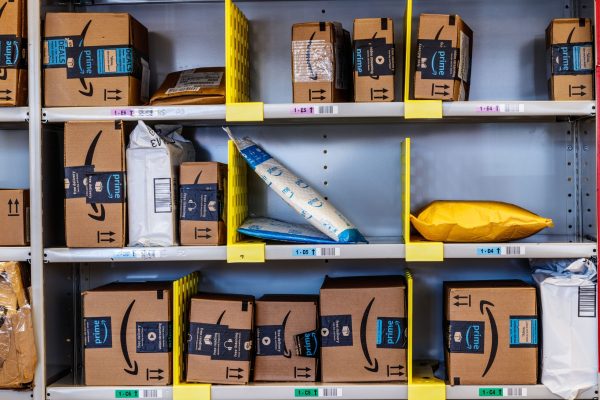One of the most common, and intimidating, issues for online retailers wishing to sell their products overseas is handling VAT. The perceived complexity of understanding and complying with unfamiliar rules may even discourage businesses from expanding their brand across borders. On top of this is the additional challenge of keeping on top of ever-changing regulations; European CEO reported that many businesses are ‘feeling uneasy by the countless tax policy changes proposed or enacted by national and international authorities’.
Wherever you’re sending your goods to, you need to start a relationship with the body that ensures tax compliance for shipments crossing into their border, whether that’s HMRC in the UK, the General Administration of Customs of the People’s Republic of China, or the Federal Customs Service in Russia.
VAT and annual sales thresholds
Value-added tax (VAT), or goods and services tax (GST) as it is known in some countries, is collected by the end retailer and accounts for around a fifth of worldwide tax revenue. If you are based within the EU, then you would need to find out whether you’re liable for this tax by clarifying your VAT position. Ask yourself: are you selling to businesses or customers? Are you selling goods or services? Are the customers you’re selling to inside or outside the EU?
VAT all depends on annual sales thresholds. Currently, if your sales are below a threshold for the year, you pay VAT in your own country. If your year sales surpass a threshold, you pay VAT in the other country. Most thresholds in EU countries are €35K although some are €100K (and, of course, some member states use their own currency).
In other words, as soon as your total sales in a certain country have hit the distance-selling threshold, then your VAT liability switches over to that country for those sales and you must register for VAT in that country. The distance-selling thresholds do not apply to B2B sales, excisable goods (tobacco, alcohol, petrol) and digital products.
You need to be aware of which of the country’s VAT rates to apply. Different goods and services will have different VAT rates – some products may be completely exempt.
Get to grips with changing rules
It’s essential to get to grips with EU VAT rules on distance selling, especially as they are set to change from January 2021. Tax Journal provides this summary:
‘The revised regime [will do] away with the existing distance selling rules, i.e. the €100,000/€35,000 limits. Taxation [will take] place in the member state of destination, and at the appropriate rate in that member state. This means that the supplier will no longer be able be able to use his domestic VAT registration to account for VAT on sales.’
Also, once you are registered in your resident country and any other country for VAT purposes, you will be required to submit VAT declarations. Please note that reporting regulations change frequently too so it’s important to keep up to date.
For exports outside the EU, you can generally zero-rate supplies provided you follow strict rules and provide evidence of export to show that the goods left the EU. You must, however, get information on the local tax rules and regulations of the country you are importing into as you may have additional tax obligations there, including import charges.
We understand it can be difficult and confusing to deal with cross-border VAT for the first time in a new country. That’s why Sprint Logistics can help you stay tax-compliant and give you the accurate advice you need to grow your business across borders. We have in-depth knowledge and experience of handling VAT at home and abroad, so you can relax and let us take care of the intricate details for you.
To find out how Sprint Logistics can help you with VAT compliance or any supply chain and logistics queries you may have, simply contact us today.




